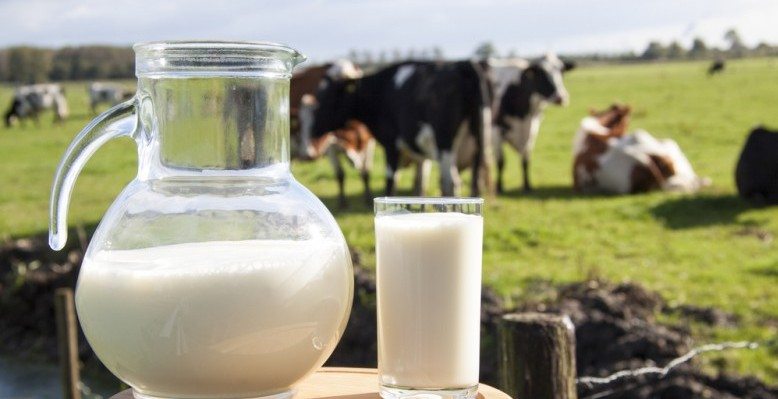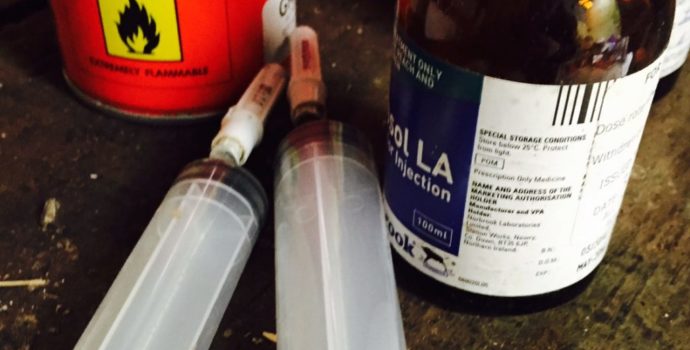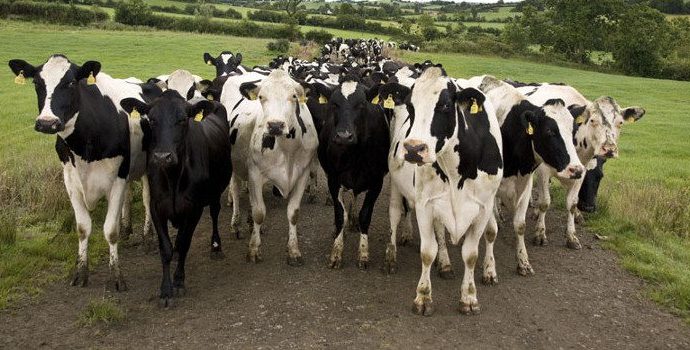Dairies Must Pay Increased Winter Premiums to Avoid British-style Milk Crisis – Cashman

Speaking at the IFA Executive Council, IFA National Liquid Milk Committee Chairman Teddy Cashman said Irish liquid milk producers sympathised wholeheartedly with the disastrous experience of dairy farmers in the UK, which has seen suppliers to liquid milk dairies with no direct contracts with retailers faced with price cuts of up to 4 pence per litre, to levels below their 29ppl production costs.
He said costs on specialist Irish liquid milk farms were not dramatically different from our UK counterparts’ and were skyrocketing at the same pace. Irish dairies and retailers should not take milk availability for granted and learn from the British experience by increasing the 2012/13 winter premiums to avoid a similar crisis.
“British milk producers have taken to the streets because their milk price has fallen to around 24 pence per litre when their production costs are 5 pence above that at around 29 pence per litre. Our most recent calculations, based on a liquid milk subset of the Teagasc 2011 winter e-profit monitor and factoring in the revised cost outlook for 2012 published yesterday by Teagasc, indicate that it will cost over 32 cents per litre for specialist Irish liquid milk suppliers to cover the variable and direct costs of producing milk for the retail shelf this year – a jump of around 4 cents per litre in one year. This is without any remuneration of the farmer’s own labour, which would require at least another 6 cents per litre just to deliver an average industrial wage,” Teddy Cashman said.
“Unless the 2012/13 winter premiums paid to specialist liquid milk producers are increased significantly, or dairies find another way to pay an exceptional contribution towards the massive increase in production costs, Irish farmers will be left in a very similar position to our British counterparts,” he warned.
“Over the next couple of months, producer groups all around the country will enter into discussions and negotiations with their dairies to determine winter premiums. Now that most milk prices are pegged to manufacturing milk prices, a significant increase in the winter premium will be required to deliver a sustainable annual average allowing farmers to cover costs and pay themselves even a very modest wage,” he concluded.




